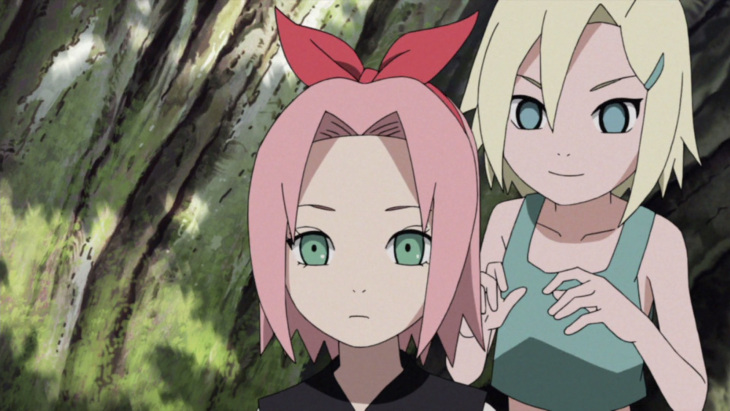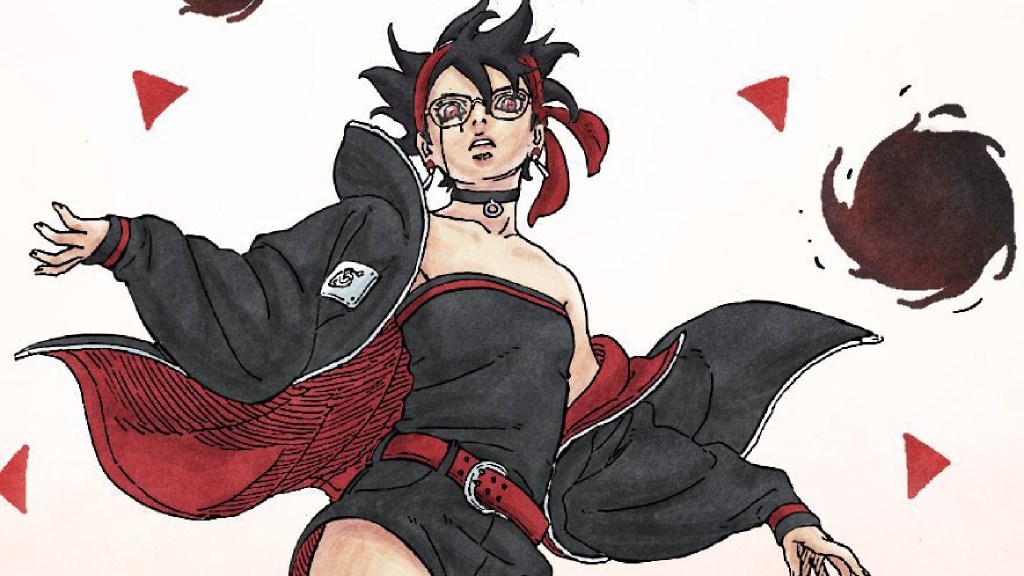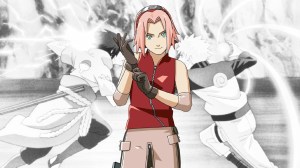The Naruto series is truly one of the most phenomenal titles in the anime industry. With its outstanding tale centered around the Shinobi, also known as ninja, Naruto has captured audiences worldwide and left a profound cultural impact. There are countless highlights of the series, from its titular protagonist to its emotional foundations, intense rivalries, and diverse cast of amazing characters. Even after the series concluded nearly ten years ago, Naruto remains one of the best anime out there. However, that doesn’t mean it is without flaws. In fact, it is arguably one of the more flawed anime series, especially for new viewers who might hesitate to start it due to its sheer number of episodes, the majority of which are filler.
Videos by ComicBook.com
While that could be fixed with a remake focused on providing manga-accurate pacing, the story itself has many flaws. One of the most prominent flaws, typical of many Shonen series, is the lack of compelling female characters, which is arguably the most visible issue. The female characters in Naruto don’t feel stereotypical, but the bigger problem is that the series forces a female character, Haruno Saukra, into the main narrative who, in retrospect, wouldn’t have much impact either way. In contrast, Boruto, especially since the inception of Boruto: Two Blue Vortex, has laid the perfect foundation for not one but two female characters who may have a profound impact on the series’ narrative going forward.
Boruto Has Already Laid Foundations For Naruto‘s Most Glaring Issue

Naruto‘s glaring issue of not featuring a compelling female character emerges from the start, with Sakura being head over heels for Sasuke Uchiha, even going as far as to talk badly about Naruto being an orphan early in the series just to impress him. The series also introduces Ino Yamanaka, whose foundation and drive for becoming a ninja also revolve around gaining Sasuke’s affection, forming one of the most pointless rivalries in the Naruto series. This leads to an almost unwatchable fight during arguably the best arc of the series, the Chunin Exam arc. While it might be acceptable to feature such stereotypical characters, the series wrongly imposes that Sakura is actually having a significant impact on the narrative.
Masashi Kishimoto’s writing for Sakura, especially in the sequel Naruto Shippuden, takes an even worse turn as her sole drive still revolves around her affection for Sasuke. In her attempt to resolve these feelings, the series features one of the most controversial scenes: Sakura confessing false feelings to Naruto. While her attempt is clear, she wants Naruto to stop his obsession with bringing Sasuke back to the village, she fails to acknowledge that Naruto is no longer the child who was head over heels for her and is trying to bring Sasuke back because he genuinely cares about him, not because of any lingering feelings for Sakura.
Sakura’s impact on the series continues to result in failure, as she even attempts to kill Sasuke despite knowing she is not capable, which also puts Kakashi in harm’s way. Near the end of the series, it once again tries to paint Sakura as being on the same level as Naruto and Sasuke, when she clearly is not, resulting in fans cringing at her dialogue. Her actions during the final battle were also far from impactful, feeling forced, and the story could have easily proceeded without her involvement. The only true impact Sakura ever made in the series was her fight against Sasori at the start of Naruto Shippuden. In contrast, Boruto: Two Blue Vortex is laying the foundation for not one but two female characters, Sarada and Himawari, who are set to have a clear and growing impact on the narrative, especially towards its conclusion.
Here Is How Boruto Is Fixing Naruto’s Most Glaring Issues

Sarada Uchiha, who has feelings for her teammate Boruto, seems to be using this drive for genuine growth, unlike Sakura, who only ever used her feelings to cause trouble. The sole reason Sarada was able to awaken her Mangekyo Sharingan was due to her strong feelings of protecting Boruto. She awakens this power while telling her father, Sasuke, that Boruto is not the villain he is being depicted as, which also leads to Sasuke becoming Boruto’s master.
This scene, in retrospect, redefines the foundation for awakening this enigmatic power. While Naruto established that witnessing sacrifice, personal loss, and experiencing trauma were the keys to awakening it, Sarada did so through her genuine feelings of protection for Boruto, highlighting how a strong desire to protect, a positive feeling, can be just as powerful, if not more, than the negative emotions that helped Uchiha awaken this power before.
With the villain Hidari, one of the awakened Ten-Tails, who resembles Sasuke, and Sasuke set to return only after Hidari’s defeat and his ultimate confrontation with Sarada, she has become one of the prominent figures of Boruto, destined to have a real impact on the narrative. Meanwhile, fans were also introduced to Himawari awakening the power of the Nine-Tailed Beast, Kurama, at the start of the Boruto sequel. Given that Jura is intent on devouring Naruto, and with Himawari resembling Naruto’s chakra through Kurama, she is bound to become a target as well.
This will force her into the main action, and who knows? She might even become the reason for Boruto and Kawaki’s conflict to get closure, given their shared desire to protect their little sister. Boruto, at its beginning, was heavily criticized for not living up to its predecessor, especially due to the abundance of filler in the sequel anime. However, the Boruto: Two Blue Vortex manga is surely redeeming that and even excelling where Naruto could not.










